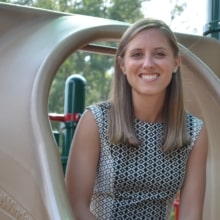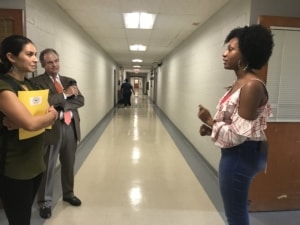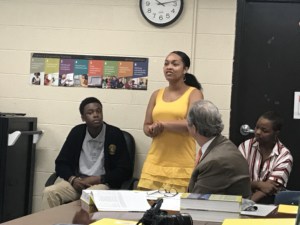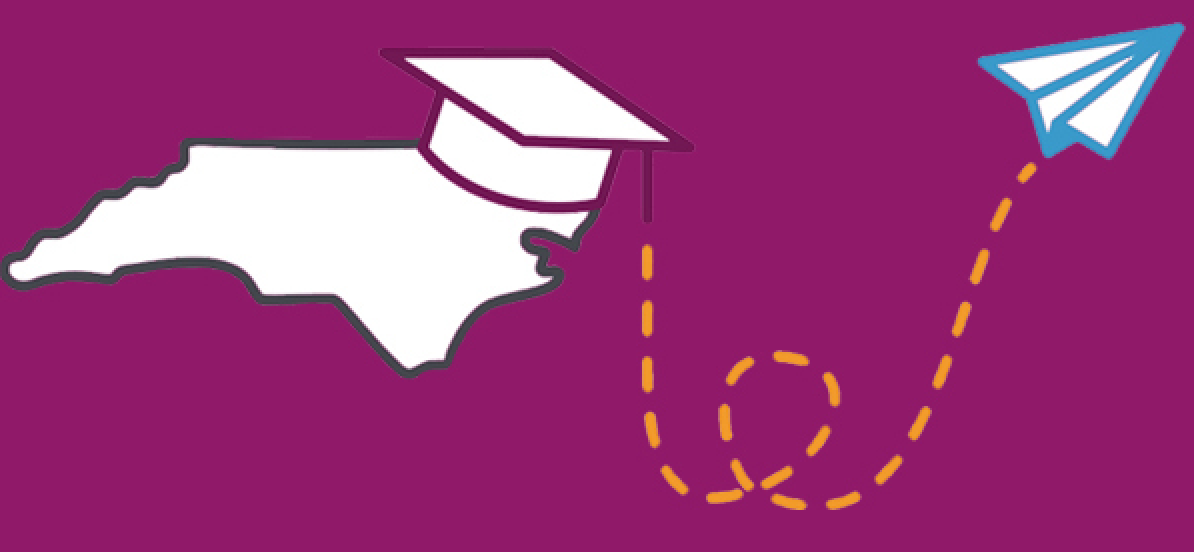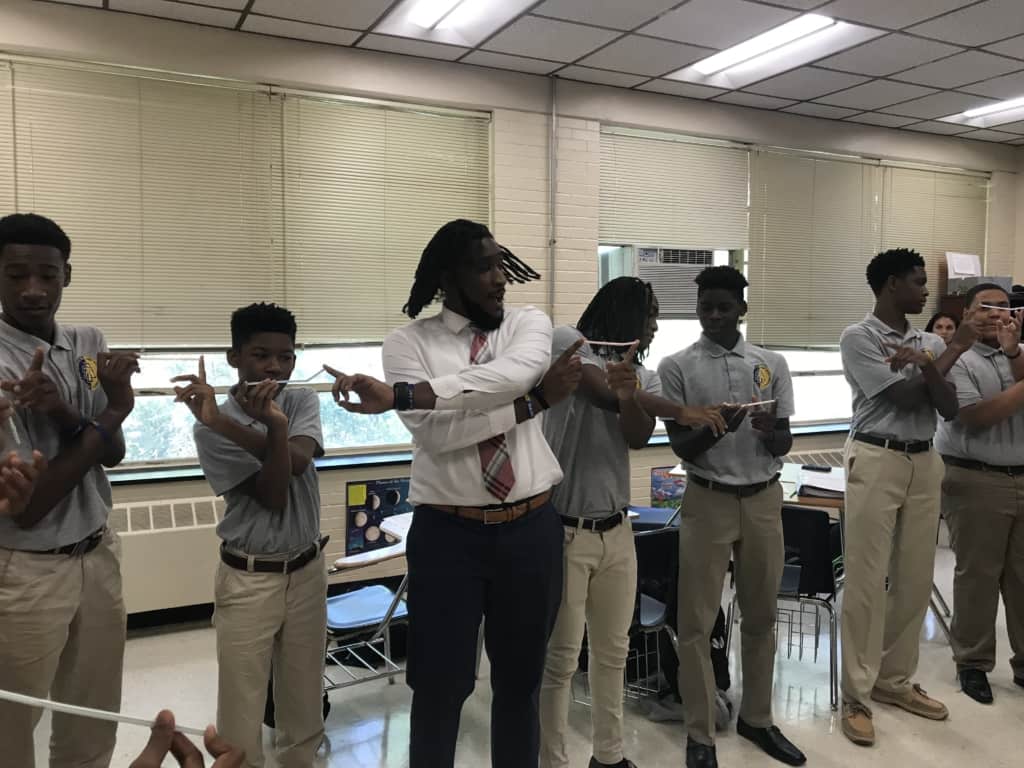
“For this to work, everybody has to depend on everybody,” science teacher Mr. Bawlson told his students as they formed a circle and tried to balance plastic straws between the tips of their fingers. The science teacher at the Middle College at NC A&T wanted to show his students that success as a group required the success of each individual person. Bawlson tasked his students with holding each of their classmates accountable throughout the year as well as helping them when they need it.
Students at the Middle College as well as the STEM Early College at NC A&T have the opportunity to take college courses at NC A&T and can graduate high school with up to two years of college credits. Both schools are highly competitive; many students apply for a limited number of spots. This year, the Middle College will move to a lottery-based admissions system. In 2018, the STEM Early College graduated 100 percent of its 50 seniors and the Middle College graduated 100 percent of its 34 seniors, both groups with substantial scholarship dollars for college.
The Middle College at NC A&T only admits young men, and almost 100 percent of their students are African American. The STEM Early College is co-ed and monitors its demographics to ensure the diversity of their classes reflects the diversity of their surrounding community, Guilford County.
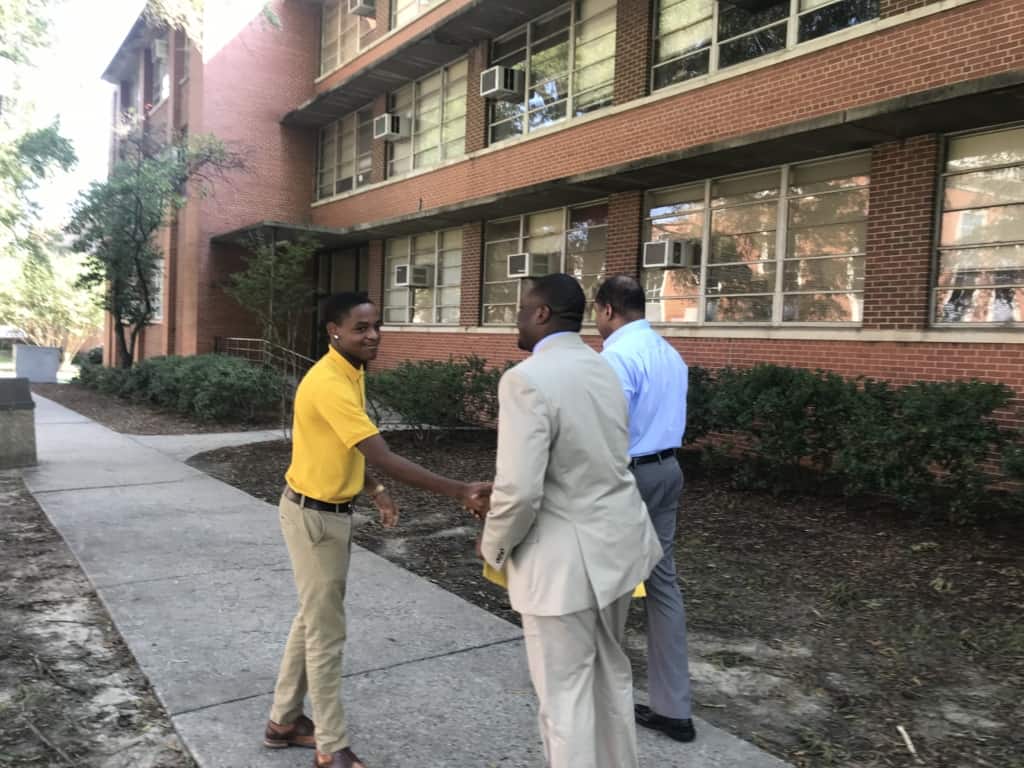
At both schools, students are not only taught the core subjects but are also taught how to make their community a better place, whether that is in the classroom or beyond.
“My peers have pushed me to do better,” said Jalani Maxwell, a senior at the STEM Early College who plans on going to NC State next year for graphic design. “Since your peers want more for you, you want more for you … If I’m slacking, my peers will tell me, ‘It’s time to get back on it. You have dreams and goals that you want to accomplish.'”
Students at the STEM Early College at NC A&T complete their high school requirements in two years and then spend two years taking college courses. As a STEM school, Williams and her staff are making sure students get the courses and skills necessary to succeed in STEM careers, but they are also helping students understand and shape their impact on the world. While the school has won many awards, the one Williams says she is most proud of is that they are a 2018-2023 National School of Character.
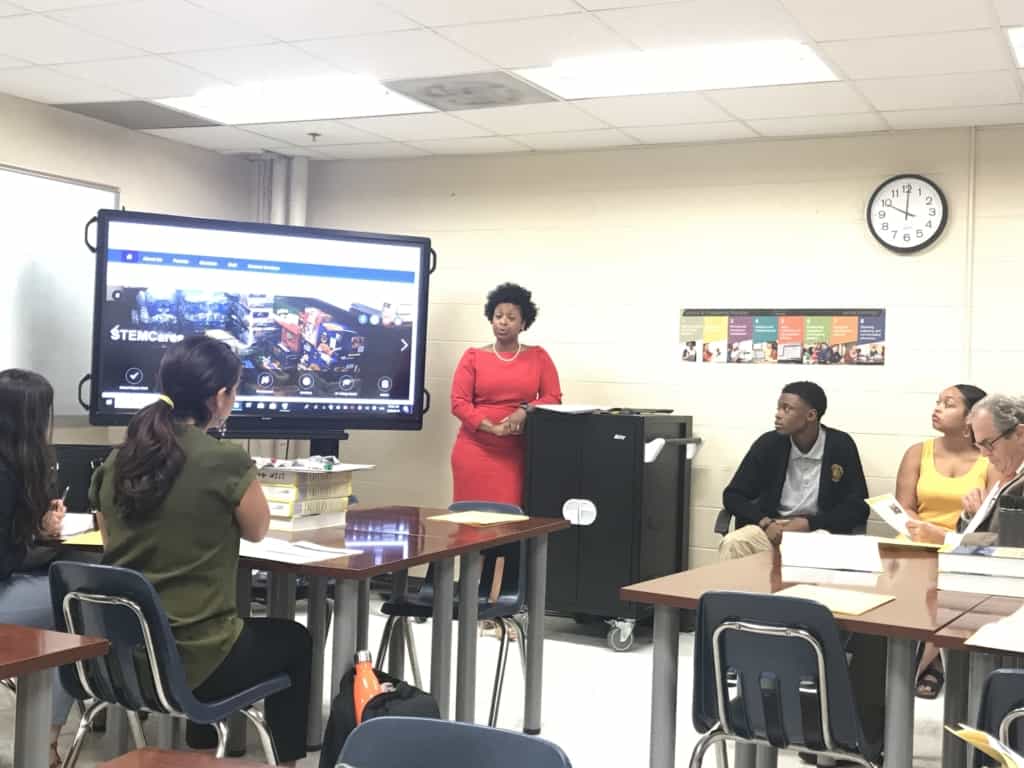
“Ultimately, our goal is to buy into the idea that to engineer is human,” Williams said. “As we are building solutions to real world problems, there is a human factor there that can impact what we do.”
Williams gave the example of a bridge failure in Florida. The bridge failed, she said, because the engineer forgot a key component in building the bridge, and in doing so impacted real lives. “We want our students to be very very thoughtful as they are building things and solutionizing the world, as you will, that it impacts somebody … We want students to have a real feeling about community, people, and care.”
This emphasis on finding solutions to build a better world can be seen throughout the school. Students are encouraged to explore problems they see and come up with solutions during a capstone project their sophomore year.
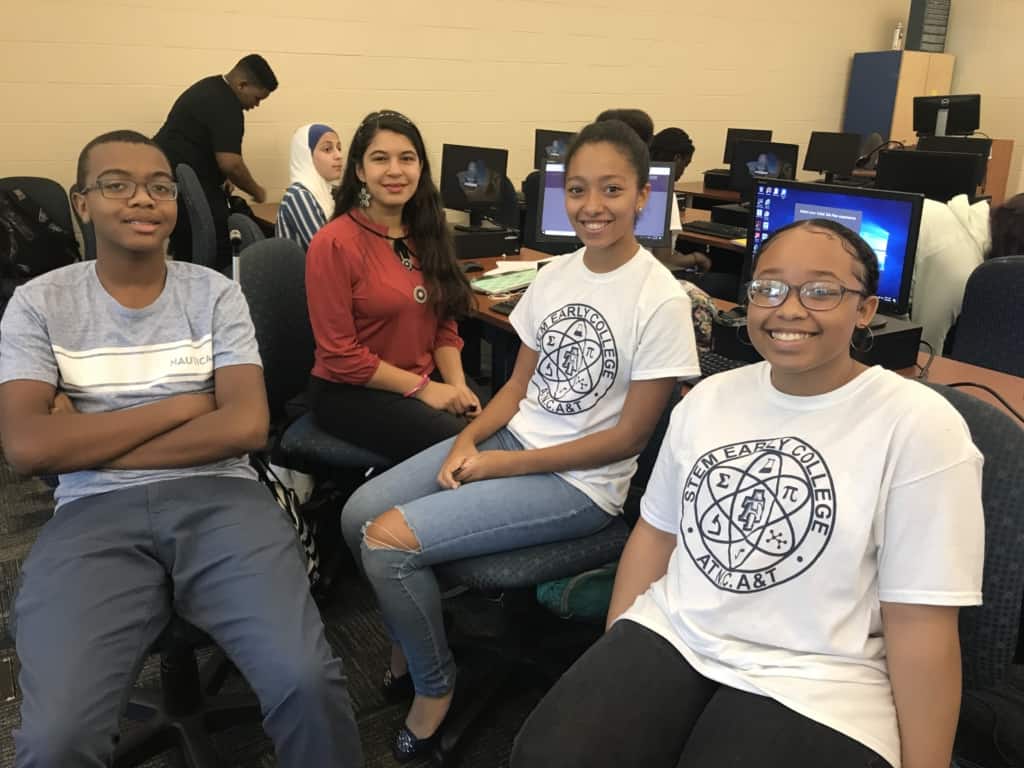
Ryyan Pritchett, a senior, founded her own company with a classmate for their capstone project after seeing the need for more hair care products for African American women. A group of ninth-grade students are currently working on a research project around the impact of pesticides on health. They are surveying classmates and community members to gauge whether people care about the negative health impacts. Ayana Lawson, a senior, hopes to become an immigration lawyer. “One thing I really enjoy about this school even though it was really hard is it taught me how to advocate for myself,” she said, “and I think that is a tool you need to survive this world.”
They also focus on service learning. Williams said the graduating class of 50 students last year served over 15,000 hours in the community. Why? “We are constantly focusing on problems,” she said. “We talk about problems here all the time. How are we going to find solutions to problems? Students have to consider how their solution impacts the greater community.”
At the Middle College, students live by a school creed that includes the maxims “I will be a servant to my community,” and “I will be a reflection for others to follow.” The creed ends with “I will go to college!”
https://twitter.com/yasminbendaas/status/1042884944039735309
Hear from two students at the STEM Early College and Middle School about their experiences, hopes, and dreams in the videos below.
On the importance of “going to a school that is really my community.” Meet Miles. @MidCollegeNCAT @GCSchoolsNC pic.twitter.com/ZhVE4i1K9J
— Mebane Rash (@Mebane_Rash) September 21, 2018
She said, “No matter your economic status, your race, your gender, we all have something to offer to the world and we all have a voice people will listen to.” @STEMECNCAT @GCSchoolsNC pic.twitter.com/vkinhPusxi
— Mebane Rash (@Mebane_Rash) September 21, 2018

